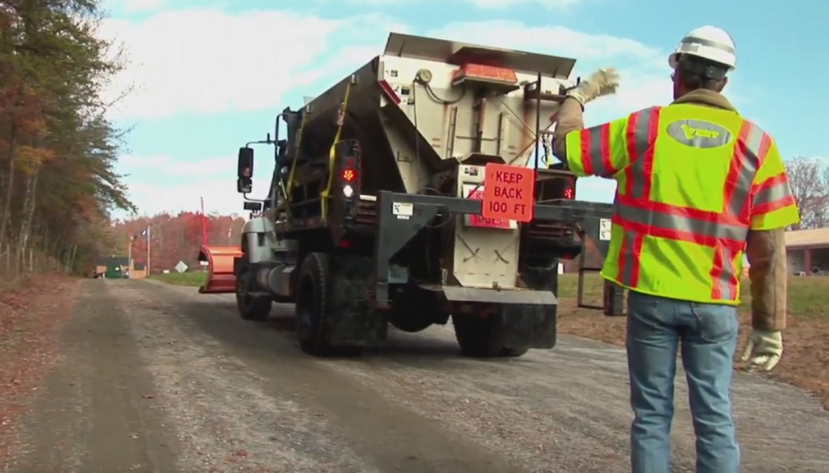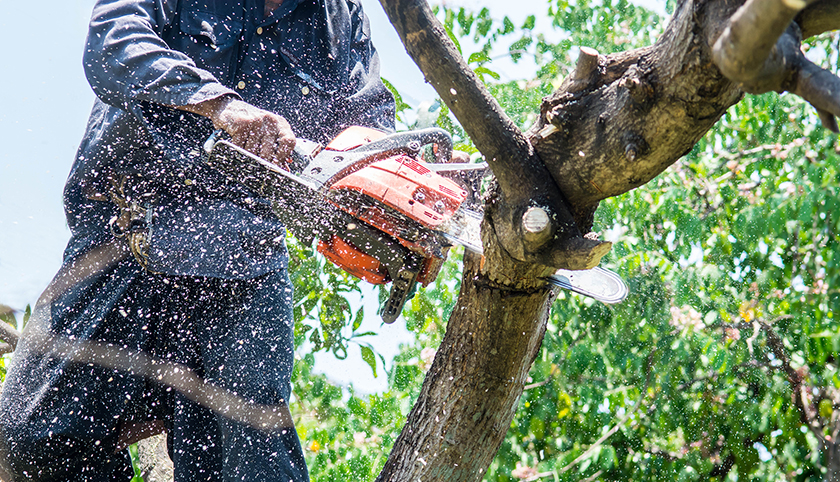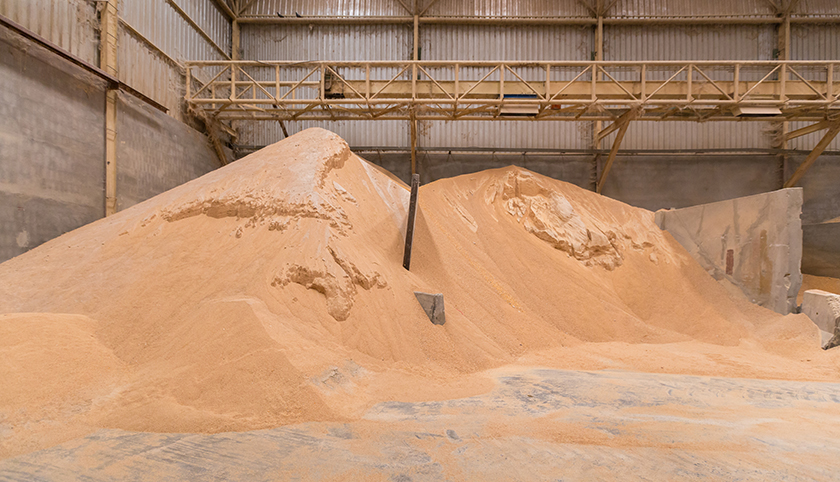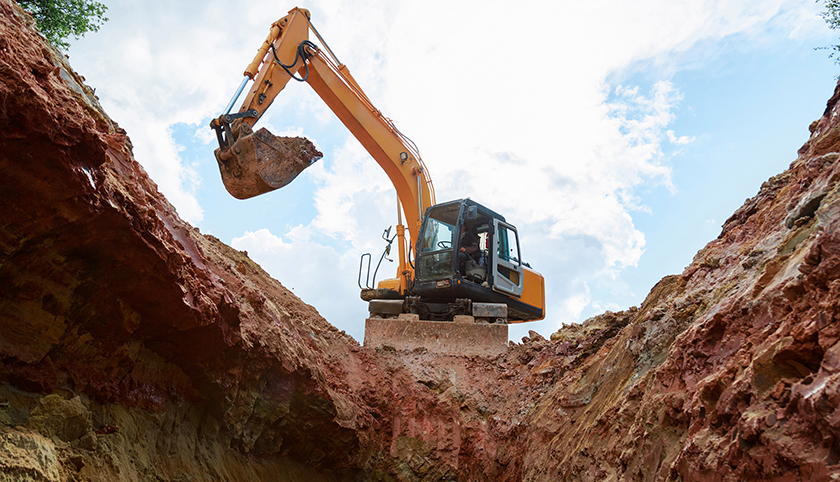Heat Stress
Many workers spend some part of their working day in a hot environment. Workers in foundries, laundries, construction projects, and bakeries — to name a few industries — often face hot conditions which pose special hazards to safety and health. The following references aid in recognizing and evaluating hazards in the workplace.
Reverse Signal
The Department of Labor and Industry’s Virginia Occupational Safety and Health (VOSH) Program and the Virginia Safety and Health Codes Board have adopted a final regulation for Reverse Signal Operation Safety Requirements for Vehicles, Machinery and Equipment for General Industry and the Construction Industry, 16 VAC 25-97


WATER. REST. SHADE.
OSHA’s Campaign to Keep Workers Safe in the Heat
NEW! Heat Stress Pamphlet
NEW! Training Powerpoint
Occupational Heat Exposure
Heat-related Illnesses and First Aid
Heat Hazards: Working Outdoors in Warm Climates Fact Sheet (2005) (English: HTML PDF)
Heat Illness: Health Effects of Heat Worksite, Training Poster
If working outdoors, the risk for heat-related illnesses, such as heat stroke, can cause serious medical problems or death. Display this poster at the worksite for workers to see, and use it as an educational training tool.
(OSHA 3431 – 2011) (English: PDF)
Heat Illness: Health Effects of Heat Worksite, Training Poster (Spanish)
(OSHA 3432 – 2011) (Spanish: PDF)
Heat Illness: Protecting Yourself in the Sun
(OSHA 3166 – 2003) (English: HTML PDF)Heat Illness: Protecting Yourself in the Sun (Spanish) Protecting Yourself in the Sun
(OSHA 3168 – 2000) (Spanish: HTML PDF)Heat Stress QuickCard
Exposure to heat can cause illness and death. Learn of precautions your employer should take any time temperatures are high and the job involves physical work. 2 pages
(OSHA 3154 – 2017) (English: PDF)
(OSHA 3417 – 2017) (Spanish: PDF)
(OSHA 3389 – 2011) (Vietnamese: PDF)
National Integrated Heat Health Information System
Resources
Extreme Heat Safety Social Media Toolkit
NWS Heat Safety Resources
OSHA-NIOSH Heat Safety Tool App
Using the Heat Index to Protect Workers
Heat Illness Awareness – Now that the area’s first wave of sustained 90 degree days are here, please review the link to OSHA’s Heat Illness Prevention resources page.
Heat – Additional Resources | Occupational Safety and Health Administration (osha.gov)
Posters
Prevent Heat Illness at Work Poster (English)
Prevent Heat Illness at Work Poster (Spanish)
Consejos para Prevenir las Enfermedades Relacionadas al Calor Poster (Spanish)
For additional information, contact:
Department of Labor and Industry
Consultation Division
600 East Main Street – Suite 207
Richmond, VA 23219
804-786-6613
Text of Regulation
Quick Card Text of the Regulation
Explanation of Regulation
Powerpoint Presentation
Training Certification Form
Frequently Asked Questions
Interpretations
Outreach/Phased Enforcement Explanation
For additional information, contact:
Department of Labor and Industry
Consultation Division
600 East Main Street – Suite 207
Richmond, VA 23219
804-786-6613
Tree Trimming
The Department of Labor and Industry’s Virginia Occupational Safety and Health (VOSH) Program and the Virginia Safety and Health Codes Board have adopted a final regulation for Tree Trimming Operations, 16VAC25-73. For additional information on safety, educational programs, meetings, publications and guidelines for tree service operations, be sure to visit the Tree Care Industry Association webpage.
Fall Protection
Falls are among the most common causes of serious work related injuries and deaths. Employers must set up the work place to prevent employees from falling off of overhead platforms, elevated work stations or into holes in the floor and walls.


For additional information, contact:
Department of Labor and Industry
Consultation Division
600 East Main Street – Suite 207
Richmond, VA 23219
804-786-6613
Fall Protection and Prevention Pamphlet
Fall Protection and Prevention Presentation
Fall Heights for Fall Protection and Prevention
Other Resources
Fall Protection
Publications
Construction Safety
Falls from Height
NIOSH
Fatal Work Related Falls
For additional information, contact:
Department of Labor and Industry
Consultation Division
600 East Main Street – Suite 207
Richmond, VA 23219
804-786-6613
Grain Handling
There are several provisions employers must follow to comply with the grain handling standard. including a requirements for hot work: entering bins, silos, tanks, and other storage structures: inside bucket elevator legs: preventive maintenance. Having a smooth-running grain handling system is critical. The more efficient the system is, the less the grain needs to be moved, and the less risk there will be of mechanical damage.
Trenching and Excavation
Trench collapses, or cave-ins, pose the greatest risk to workers’ lives. Employers should ensure there is a safe way to enter and exit the trench. Keep materials away from the edge of the trench. Look for standing water or atmospheric hazards. Never enter a trench unless it has been properly inspected.


For additional information, contact:
Department of Labor and Industry
Consultation Division
600 East Main Street – Suite 207
Richmond, VA 23219
804-786-6613
Resources
Trenching and Excavation Safety Tips
Trenching & Excavation Industry Links
Trench and Excavation Cards
Trench and Excavation
Talking Points – Trenching (June 2021)
Excavation Pamphlet
Daily Excavation Checklist
For additional information, contact:
Department of Labor and Industry
Consultation Division
600 East Main Street – Suite 207
Richmond, VA 23219
804-786-6613
